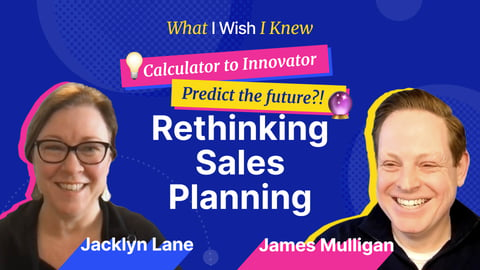Much like it sounds, Pay Compression is the squeeze organizations feel when they are forced to raise offers to attract talent but are unable to compliment that same expression for loyal legacy team members. It's that pinch in the middle.
We see cultural changes in the openness of individuals when it comes to talking about takehome pay. It is common to rate things. How was the movie? '4 out of 5 stars.' The restaurant? 'Food was a 5, and the staff was a 3 after they gave me a dirty look.' And our workplace? 'I put in three years and found that senior management intended well, but never delivered, so I gave them 3.5 stars out of 5, my pay was never enough and gave them a 2.'
There are websites devoted to the "like factor" (don't be paranoid; they are talking about you.) It is now acceptable to tell others what it's like to work for you and with you. Pay is no longer something kept close to the vest. HR websites now post salary packages through open-source activities to generate revenue for subscriptions.
This practice of openness has expanded into compensation packages, offering better accelerators, higher percentages of cut, more or "better" territory, and other enticements of the right package.
New hires now enjoy full transparency to offered opportunities and demand maximum pay and benefits. Today, sellers know exactly what the market will allow. Long term and legacy employees are not seeing an equal rise. Tight budgets are often pointed to when an increase requested. New hires see that budget, not the current team.
WHAT CAUSES PAY COMPRESSION?
Several factors have gotten us into this "pinch." Some of the most significant elements include Inflation, High Demand "Hot Jobs," Competitive Talent in Market, Accelerated Growth, a Tightening Job Market, Length of Skills Training, and a Minimum Wage Increase. In 2019 into 2020, we didn't see just one of these factors change, but all of them.
This change leads to two pressure points for you and your team to feel the pinch. First, increased turnover in sellers. A seller is a flight risk if they see an opportunity at another logo. Small irritations and a sense of being undervalued can lead to an easy pick-up from headhunters. Second, reduced revenue. When a seller loses the feeling of "being hungry," underappreciated, or underpaid, this can lead to drops in the level of contribution, lost opportunities, and overall revenue. The last thing you need is an excuse for not picking up the phone or asking for the signature on a P.O. to close the deal.
HOW CAN SALES PERFORMANCE MANAGEMENT HELP?
Gartner Research describes Sales Performance Management (SPM) as a suite of operational and analytical functions that automate and unite back-office operational sales processes. Sales Performance Management helps sellers to remain focused while managers attract and retain the right talent.
Sellers will be the first to tell you that they are not coin-operated. You can't deposit a coin and expect a win-fall like a slot machine. Instead, with an SPM solution, you can design attractive plans that motivate sellers to pursue the best opportunities that produce the maximum results with high confidence of being closed.
Managers who adopt an SPM solution are proven to show an ROI in the initial investment through efficiency gains in the first phase. In the second phase, trust in data and improved insights result in evidence that drives action into strategic results. Little things like increased revenue, removal of blind spots, and rewards to sellers using the "right" behaviors should be recognized in this second phase.
Clients of these systems report an improved culture focused on sales. Such systems include the ability to identify opportunities clearly. Many tie opportunities in CRM systems with the alignment to pay potential, and score these against the line of business. This ability to connect the dots between a plan, the opportunity, and the payout, provides focus to sellers that keep them engaged.
Teams that promote a competitive environment can clearly show where each seller ranks and what it takes for achievement. These groups find SPM tools to provide immediate gratification and reduce the time spent on ancillary cycles.
Clients in leadership positions report an ability to make decisions better and feel more confident with the direction made. Work between the sales operations, seller, and leadership becomes orchestrated, providing a clear path of expectations, advancement, and results.
People want to be part of a winning team. Give your sellers every opportunity to win, and they will stay. Give them Sales Performance Management.



